San Francisco‘s Chinatown stands as the oldest and largest Chinatown in North America, spanning approximately 24 city blocks. Established during the mid-19th century Gold Rush era, it quickly became a beacon for Chinese immigrants seeking economic opportunities in America.
Over the years, Chinatown has grown into a cultural hub that preserves its heritage while evolving with modern influences. Today, it remains a bustling neighborhood where visitors can immerse themselves in authentic Chinese culture, cuisine, and community spirit.
Exploring the History
Chinatown’s history is a testament to the resilience and perseverance of Chinese immigrants in the face of adversity. Initially settled near Portsmouth Square, Chinese immigrants faced discrimination and restrictive laws that shaped the neighborhood’s development. Despite challenges such as the 1906 earthquake, which devastated much of San Francisco, Chinatown rebuilt itself and continued to thrive. Today, its historic streets and alleys bear witness to the struggles and triumphs of generations past, offering visitors a glimpse into a rich tapestry of cultural heritage.
Iconic Landmarks
1. Dragon Gate (Chinatown Gate): Standing proudly on Grant Avenue, the Dragon Gate marks the official entrance to Chinatown. Adorned with guardian lion statues and intricate architectural details, it symbolizes prosperity and good fortune, inviting visitors into a world of cultural discovery.
2. Golden Gate Fortune Cookie Factory: Tucked away in Ross Alley, this charming factory is a hidden gem where visitors can observe the art of fortune cookie-making. Handcrafted with precision and care, each cookie offers a sweet glimpse into Chinatown’s culinary traditions and craftsmanship.
3. Tin How Temple: Nestled on Waverly Place, Tin How Temple is dedicated to Mazu, the Chinese goddess of the sea. As one of the oldest Taoist temples in the United States, it serves as a spiritual center where locals and visitors alike seek blessings and guidance, reflecting Chinatown’s deep-rooted religious traditions.
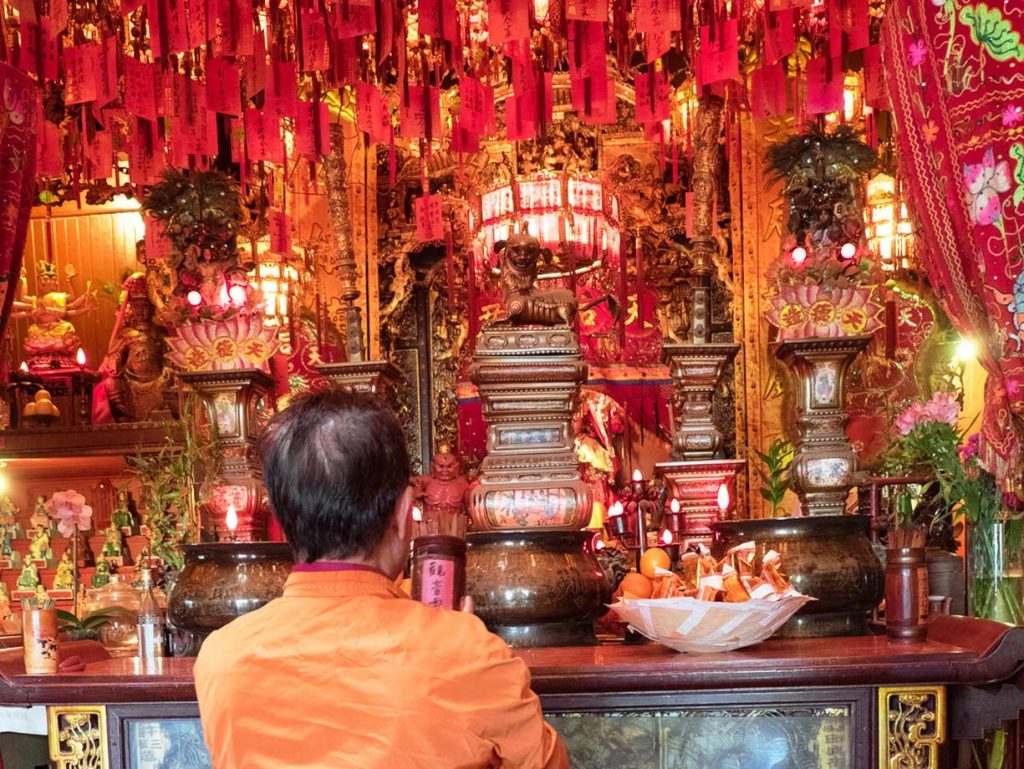
4. Portsmouth Square: Known as the “heart” of Chinatown, Portsmouth Square buzzes with activity throughout the day. It serves as a gathering place for residents practicing tai chi, playing chess, and socializing amidst the backdrop of historical landmarks and community events.
Delectable Cuisine
Chinatown is renowned for its diverse and authentic Chinese cuisine, offering a plethora of dining options that cater to every taste and preference. From bustling dim sum houses to intimate noodle shops and seafood restaurants, the neighborhood’s culinary scene is a feast for the senses. Here are some must-try dishes and dining experiences:
1. Dim Sum at Great Eastern Restaurant: Step into Great Eastern Restaurant and savor a variety of dim sum delights. From delicate har gow (shrimp dumplings) to savory siu mai (pork dumplings), each bite offers a burst of flavor that delights both locals and tourists alike. The lively atmosphere and aroma of freshly steamed dishes create an unforgettable dining experience.
2. Peking Duck at R&G Lounge: Treat yourself to the ultimate indulgence with Peking duck at R&G Lounge. Known for its crispy skin and tender meat, the duck is expertly carved tableside and served with traditional accompaniments such as hoisin sauce, scallions, and steamed pancakes. This iconic dish exemplifies Chinatown’s dedication to preserving authentic Cantonese flavors and culinary traditions.
3. Tea Tastings at Vital Tea Leaf: Embark on a sensory journey with a tea tasting experience at Vital Tea Leaf. Located on Grant Avenue, this tea shop offers a curated selection of Chinese teas, from fragrant oolongs to aged pu-erhs, guided by knowledgeable staff who share insights into tea culture and brewing techniques. The tranquil setting and aromatic teas provide a serene escape from the bustling streets of Chinatown.
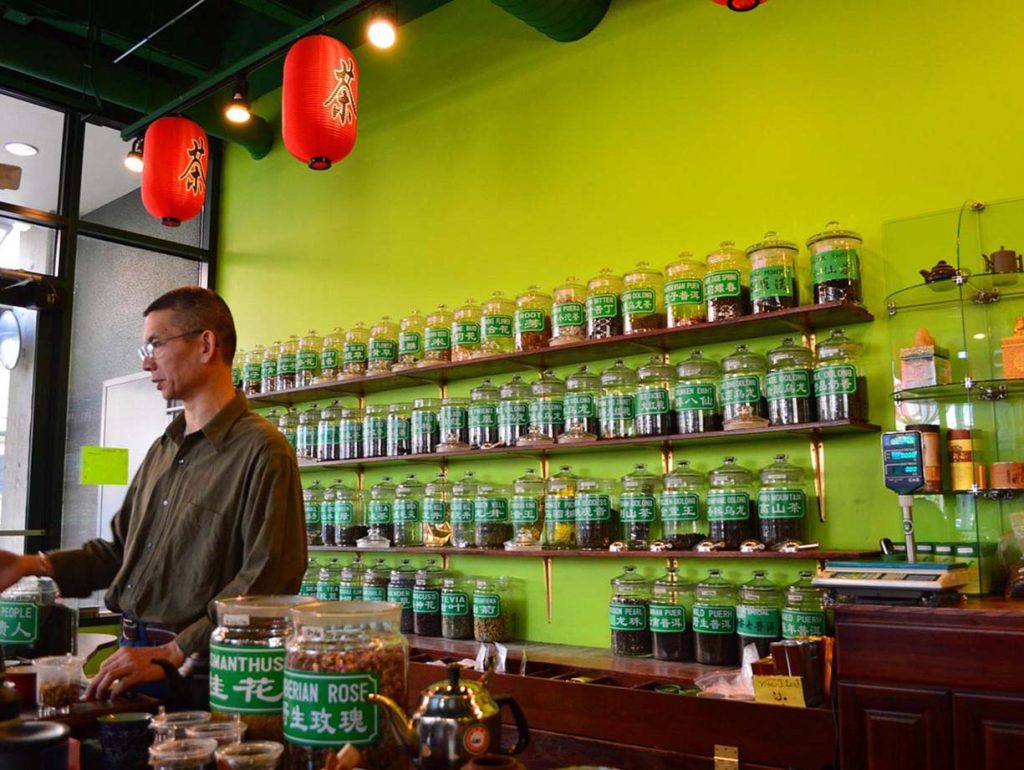
4. Chinatown Night Market: During festive occasions such as Chinese New Year and Autumn Moon Festival, Chinatown transforms into a vibrant night market. Explore food stalls offering street delicacies like dumplings, baozi (steamed buns), and skewers grilled to perfection. Cultural performances, traditional lion dances, and fireworks add to the festive atmosphere, inviting visitors to celebrate alongside locals in true Chinatown style.
Cultural Experiences
Beyond its culinary delights, Chinatown offers a wealth of cultural experiences that deepen understanding of its heritage and community spirit:
1. Chinatown Walking Tours: Embark on a guided walking tour to uncover Chinatown’s hidden gems and historical landmarks. Navigate narrow alleyways adorned with colorful murals depicting the neighborhood’s history and cultural significance. Learn about influential figures, such as Dr. Sun Yat-sen, whose legacy shaped Chinatown’s development and community activism.
2. Chinese Historical Society of America Museum: Delve into Chinatown’s rich history at the Chinese Historical Society of America Museum. Explore exhibitions showcasing artifacts, photographs, and personal stories that chronicle the experiences of Chinese immigrants and their contributions to American society. Gain insights into the struggles for civil rights and social justice that have shaped Chinatown’s identity over the decades.
3. Chinese New Year Parade: Join the festivities during San Francisco’s iconic Chinese New Year Parade, the largest of its kind outside of Asia. Marvel at elaborate floats adorned with lanterns and traditional decorations, while dragon dancers and martial artists perform to the beat of drums and cymbals. Firecrackers light up the night sky, symbolizing the warding off of evil spirits and ushering in a prosperous new year. The parade’s vibrant energy and cultural pageantry attract thousands of spectators, making it a highlight of Chinatown’s annual calendar.
4. Shopping for Souvenirs: Wander along Grant Avenue and Stockton Street to explore Chinatown’s eclectic mix of shops and boutiques. Browse for unique souvenirs such as silk garments, jade jewelry, and handcrafted ceramics that showcase Chinese craftsmanship and artistic traditions. Discover herbal shops offering traditional remedies and teas, perfect for bringing a piece of Chinatown’s cultural heritage home with you.
Community and Traditions
At its core, Chinatown thrives as a close-knit community where traditions are cherished and passed down through generations. Family-run businesses, from herbal medicine stores to pastry shops, preserve age-old recipes and techniques that define Chinatown’s culinary landscape. Community centers and associations play a vital role in providing social services, educational programs, and cultural events that strengthen bonds among residents and celebrate their shared heritage.
San Francisco’s Chinatown is more than just a neighborhood—it is a living testament to the enduring legacy of Chinese immigration and cultural resilience in America. Whether you’re strolling through its historic streets, savoring its culinary delights, or participating in festive celebrations, Chinatown offers a multifaceted experience that captivates the senses and enriches the soul. Embrace the spirit of exploration and discovery as you immerse yourself in its vibrant culture, forging connections with locals and gaining a deeper appreciation for the traditions that continue to thrive in this iconic enclave.
Planning a visit to San Francisco’s Chinatown promises an enriching experience filled with cultural immersion, culinary delights, and historical exploration. Here’s a detailed guide to help you make the most of your trip:
Best Time to Visit
Chinatown welcomes visitors year-round, but certain times offer unique experiences:
– Chinese New Year: Experience the vibrant festivities of the Chinese New Year, typically celebrated between late January and early February. The highlight is the colorful parade featuring dragon dances, lion dances, and fireworks, making it an ideal time to witness Chinatown’s cultural vibrancy.
– Autumn Moon Festival: Held in September, the Autumn Moon Festival showcases traditional performances, lantern displays, and mooncakes, providing insights into Chinese folklore and customs.
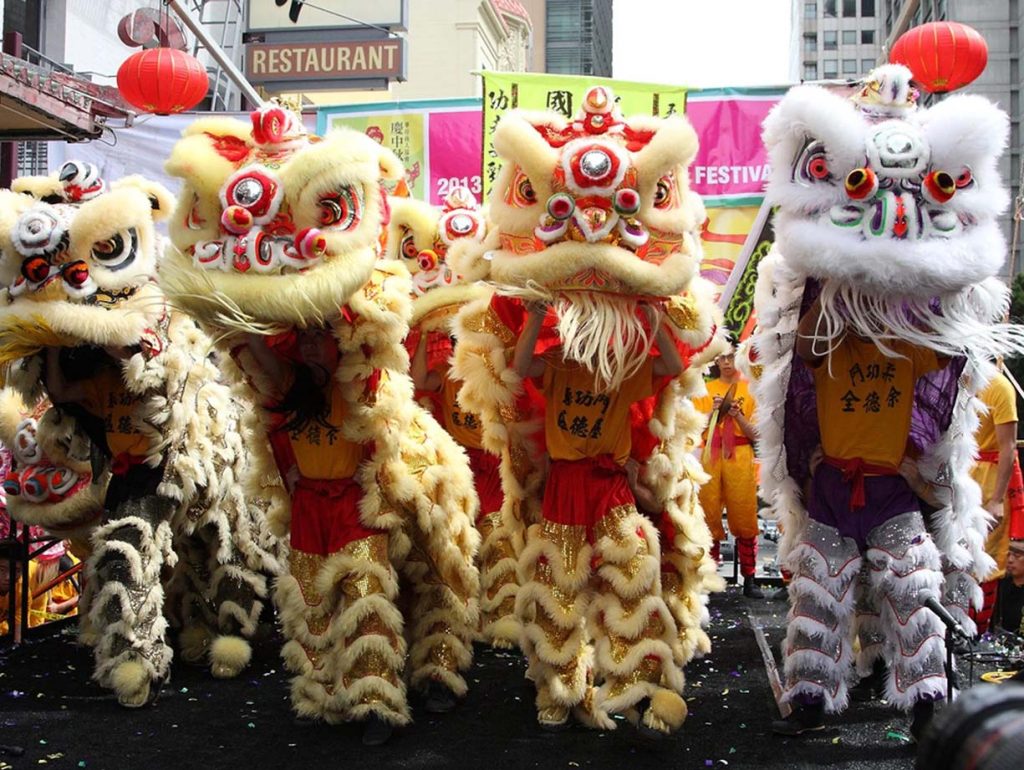
– Weekdays vs. Weekends: Weekdays are generally quieter, allowing for a more leisurely exploration of Chinatown’s attractions and eateries. Weekends can be busier, especially around popular restaurants and during festivals, so plan accordingly.
Getting There
Chinatown is centrally located in San Francisco, making it accessible by various transportation options:
– Public Transportation: Utilize San Francisco’s Muni buses and cable cars to reach Chinatown from different parts of the city. The California Street cable car line and bus routes along Stockton and Grant Avenues provide convenient access.
– Walking: Chinatown is pedestrian-friendly, with its compact layout making it easy to explore on foot. Wear comfortable shoes, as some streets can be hilly and cobblestoned.
– Driving: If driving, park in nearby parking garages or metered street parking. Keep in mind that parking in San Francisco can be limited and expensive, so public transit or rideshare services may be more convenient.
Shopping and Souvenirs
Browse Chinatown’s unique shops and markets for souvenirs:
– Grant Avenue and Stockton Street: Explore these main thoroughfares lined with shops selling everything from silk garments and jade jewelry to herbal remedies and artisan crafts. Haggle at gift shops for trinkets and memorabilia.
– Chinatown Markets: Visit local markets like the Stockton Street Market for fresh produce, seafood, and specialty ingredients used in Chinese cooking. Browse stalls selling exotic fruits, spices, and Asian pantry staples.
Cultural Events and Festivals
Check local calendars for upcoming events and celebrations:
– Chinese New Year Parade: Plan your visit during San Francisco’s Chinese New Year Parade, featuring elaborate floats, dragon dances, and fireworks. Join thousands of spectators lining the parade route along Grant Avenue and Chinatown’s main streets.
– Autumn Moon Festival: Celebrate the Autumn Moon Festival with lantern displays, cultural performances, and traditional mooncake tastings. Participate in family-friendly activities that highlight Chinese folklore and customs.
Practical Tips
Ensure a smooth visit with these practical tips:
– Language: English is widely spoken, but learning a few basic Mandarin or Cantonese phrases can enhance your interactions with locals.
– Respect Cultural Customs: Respect cultural norms, such as offering and receiving items with both hands, particularly in shops and restaurants.
– Cash vs. Cards: Some smaller shops and eateries may prefer cash payments, so carry small bills. Larger establishments usually accept credit and debit cards.
– Safety: Exercise caution with personal belongings in crowded areas, and be mindful of traffic when crossing streets.

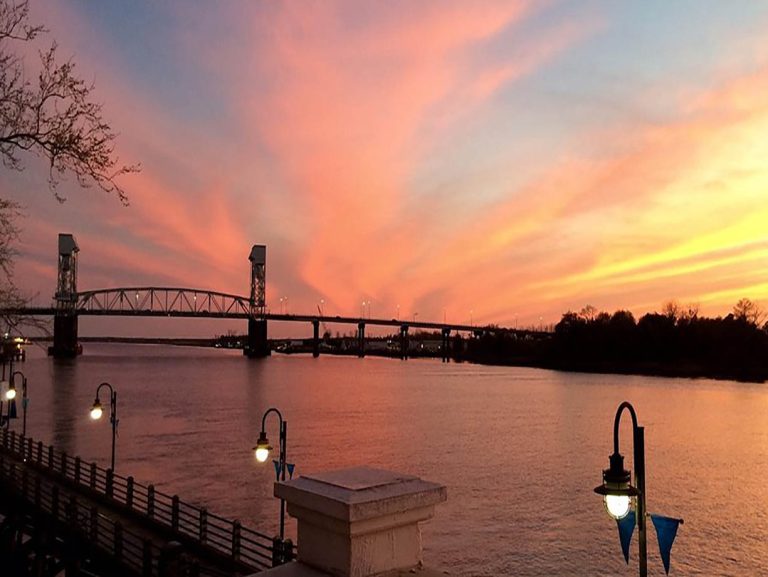
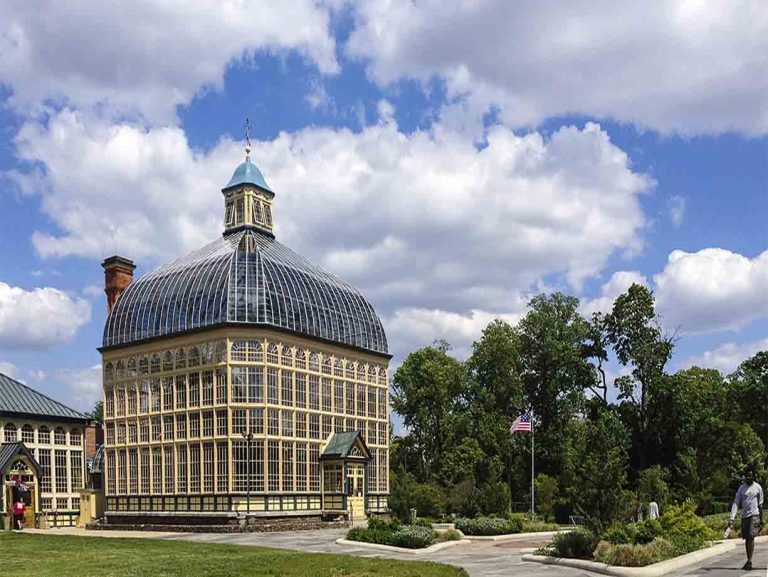
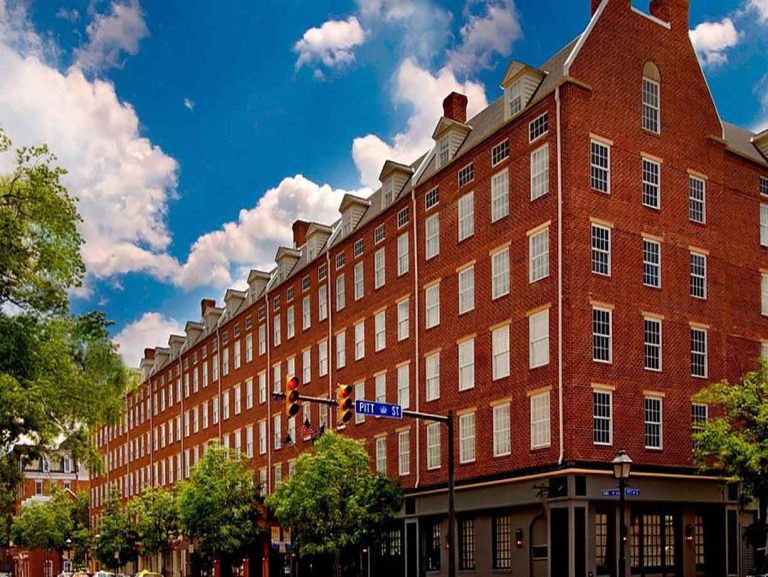

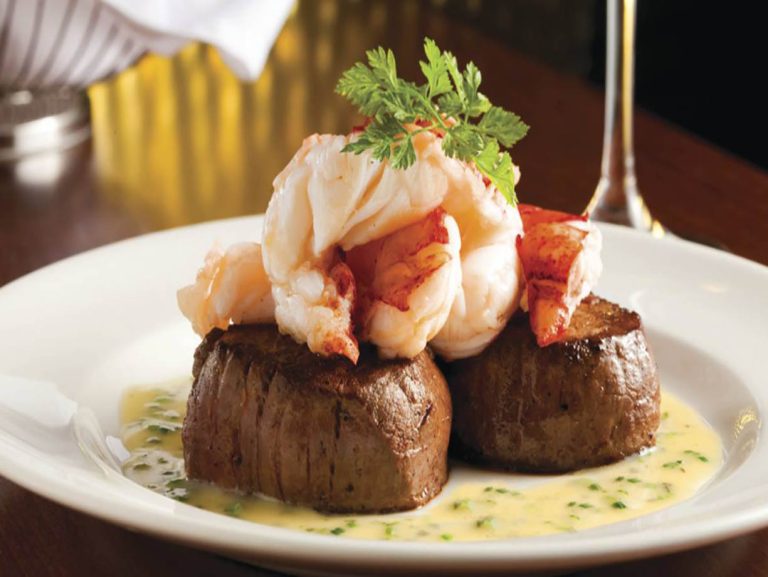
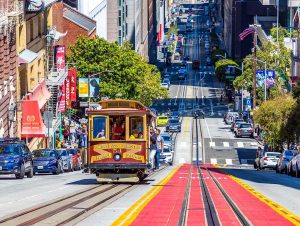
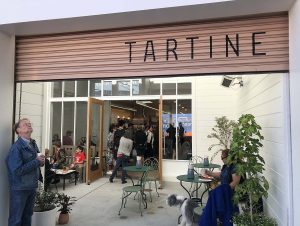

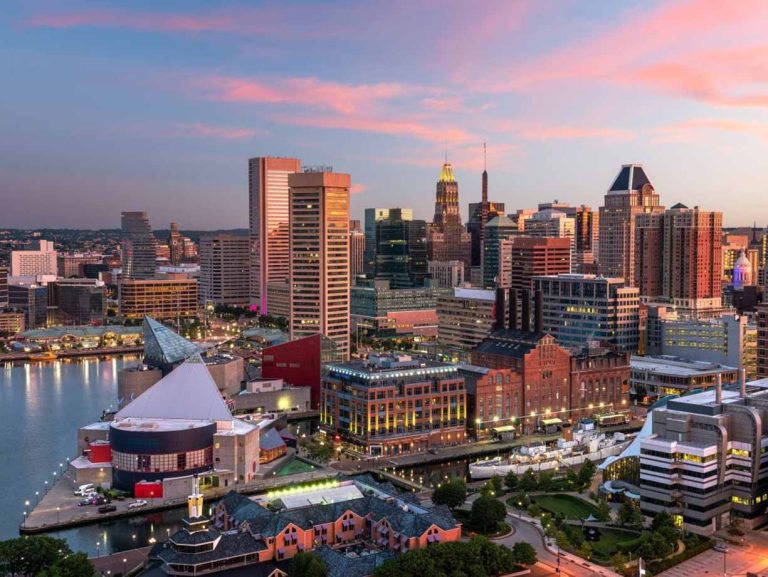


+ There are no comments
Add yours